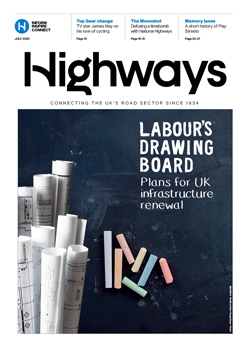The traffic information and analytics company INRIX is warning that the proposed third runway at London’s Heathrow Airport will inevitably effect the surrounding area, causing significant concern regarding the environmental impact and congestion on local roads. It says innovation is needed to manage the period of transition.
In analysing the expected increase in passenger numbers at the airport, INRIX says an extra 740K extra flights are expected a year, an increase of 55% on current levels and that the increase in flights will result in the airport handling as many as 100m passengers by 2030, and possibly over 130m by 2050.
“As passenger numbers increase, Heathrow’s projections suggest a large proportion will use public transport to make their journeys to and from the airport. But this growth will still result in a significant increase in annual road users for the local area,” the company says in a statement. “While today’s average daily flow figures for the M25 around Heathrow peak at around 225K vehicles, figures from The Airports Commission suggests this could approach 250K following expansion of the airport – ten percent above current levels.
“Plans to widen local motorways will help increase capacity, but innovation will be required to manage the short-to-medium term period of transition, as well as traffic growth in the long run. Transport authorities today increasingly depend on the data provided by advanced sensor and Internet of Things technologies for real-time visibility of road use. In future, they will need to turn to next generation data analytics and Artificial Intelligence to reinvent approaches to traffic management.
“While car traffic is predicted to rise, interestingly it’s unlikely to impact the local environment. At the current rate of adoption, it’s assumed that around 11 percent of the national fleet will be electric by 2025. This means that direct pollution by petrol and diesel cars could be around five percent less across the same time frame. With Heathrow recently announcing increased environmental charges to incentivise use of newer, cleaner aircraft, achieving a carbon neutral third runway is possible if managed effectively.”





